History of the Auditorium
![]()
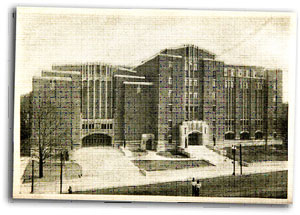 The Masonic Temple
The Masonic Temple
Built at a cost of $2,225,000, the Masonic Temple of Rochester, NY laid its cornerstone in 1928, and was dedicated on May 24th, 1930 with much fanfare, including a parade through the city. The complex consisted of several large ceremonial meeting rooms and offices for the Masons, a fraternal organization, as well as one large 3,000-seat auditorium (commonly known as the Auditorium Theatre). Sold to a privately owned entity in 1989, the building was converted into more office spaces as well as assorted meeting rooms and banquet halls, and re-named the Auditorium Center. The portion of the building containing the theatre was purchased by the Rochester Broadway Theatre League (RBTL) in 2004 and has since become a top live entertainment destination for the area. In 2023, RBTL acquired the Auditorium Center portion of the building, and partnered with West Herr Automotive Group, to rename the complex as a whole the 'West Herr Performing Arts Center' and the theatre portion likewise renamed 'West Herr Auditorium Theatre'.
The Theater Circuit
From the beginning, the Auditorium Theatre was the site of many touring productions, featuring some of the biggest names in the entertainment business. A number of notable dramatic productions, musicals, concerts, and comedy revues took place over the earlier years. In 1957, an all-volunteer, not-for-profit group calling itself Rochester Broadway Theatre League (RBTL) was formed to bring such productions to Rochester. Today, the West Herr Auditorium Theatre is home to a full season of touring Broadway (the M&T Bank Broadway Season), and also hosts a number of live concerts, comedy, drama, community, and family events each year.
The Theatre Organ
The Auditorium Theatre is also the home of a magnificent Wurlitzer 4/23 (opus 1951) theatre organ. The console rises from the orchestra pit, and the sound of 1,619 pipes, trumpets, clarinet, saxophone, drums, shimmering strings, or marimbas emanates from the filigreed proscenium arch surrounding the main stage. The Rochester Theatre Organ Society (RTOS) was originally formed to rescue this organ from the luxurious downtown RKO Palace Theater, just before that 2916-seat luxurious 1928 movie house fell to the wrecking ball of urban renewal in the mid-1960s. Theatre organs were traditionally used to provide musical accompaniment to silent movies. RTOS stages several concert performances of the mighty Wurlitzer each year by many of the world’s great organists. Although this Wurlitzer was not originally housed here, at one time there were as many as seven pipe organs in various locations within the Masonic Temple building.
Art-Deco Fixtures
Art Deco was a popular design movement from 1920 until 1939. The influence of this style is very apparent in the various light fixtures (all original to the building) throughout the Auditorium Theatre.

Ornamental Plaster
With the exception of the entertainment on screen or on stage, the excitement of the historic theaters and movie palaces of this architectural time period was expressed most eloquently in dramatically molded ornamental plaster walls and ceilings. The ceilings of the outer lobbies and the intricate dome ceiling within the Auditorium (featuring the iconic squirrels) are fine examples of the plaster work common to this type of building.

So, what’s up with the squirrels? One of the most puzzling secrets of the building centers on a fascination with squirrels. During the construction of the building, the ornamental plasterer apparently felt the need to add a bit of whimsy by including several images of squirrels and acorns throughout. Squirrels appear above the building’s front door, while bird, grapevine, and acorn motifs can be found in the plasterwork on the walls in some meeting rooms. But look closely as the most striking example is on the ceiling of the Auditorium. The plasterer has skillfully incorporated 64 squirrels into the symmetry of the massive ceiling.
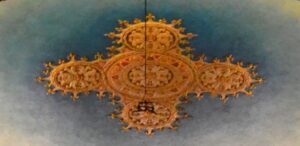
Theatre Renovation
In the summer of 2004, RBTL undertook a major renovation to the Theatre that included the replacement of all of the theater’s seats (for a capacity of 2,464), new carpeting throughout, upgrades to existing bathrooms, as well as the addition of new bathroom facilities on the lower level. At the same time, RBTL relocated its business offices and box office from its original downtown location to on-site.
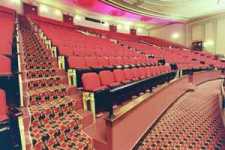
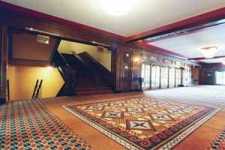
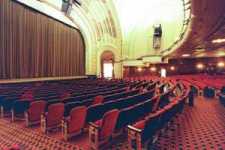
Complex Renovations
RBTL’s goal is to complete restoration and renovations of the West Herr Performing Arts Center by 2030, the building’s 100th anniversary.
